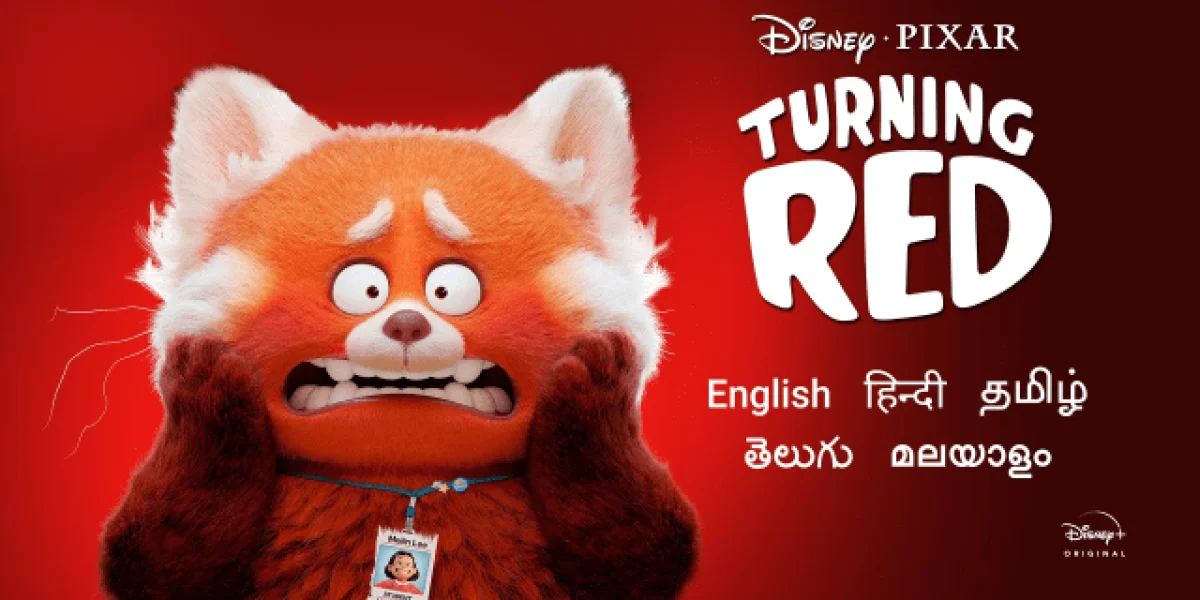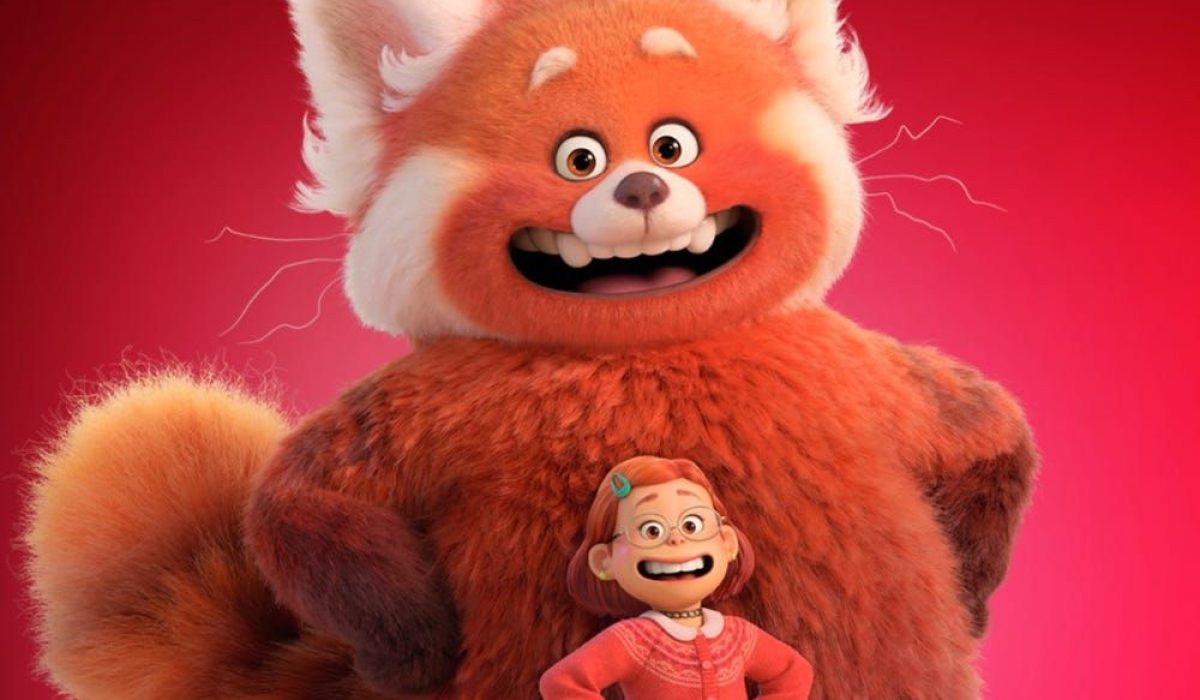“Turning Red”: A Film Review
“Turning Red” is a heartwarming coming-of-age film from Disney/Pixar, set to release on Disney+ on March 11. The movie follows the story of Mei Lee, a 13-year-old Chinese Canadian girl who undergoes peculiar transformations whenever she gets excited, turning into a giant red panda. This unique twist leads Mei on a journey of self-discovery, family dynamics, and teenage friendships, all set against the backdrop of Toronto in 2002.
Mei Lee’s Teenage Adventures:
Mei Lee, voiced by Rosalie Chiang, is an ordinary 13-year-old girl living in Toronto with her Chinese Canadian family. She navigates the challenges of adolescence, from dancing and crushes to bonding with her quirky friends who share her love for a boy band named 4*Town. Mei Lee’s family owns a temple, and she helps her overbearing yet loving mother, Ming (voiced by Sandra Oh), while striving to be the perfect daughter.
A Unique Twist:
The movie takes a whimsical turn when Mei Lee discovers that her excitement triggers a transformation into a giant red panda. This magical aspect adds humor and charm to the story, making Mei’s coming-of-age journey both relatable and extraordinary.
Character Dynamics and Design:
“Turning Red” excels in character writing and design. Mei Lee embodies the confident cool nerd with relatable swagger, navigating middle school life while maintaining a perfect report card. Her diverse group of friends, including the tomboy skater girl Miriam, the deadpan Priya, and the fiery Abby, form a supportive trio. The film skillfully portrays Mei’s relationship with her mother, Ming, striking a balance between being dictatorial and doting.
Director Domee Shi brings characters to life with subtle details, like Mei’s grandmother’s stiffly applied makeup or the flamboyant footwear of a group of aunties. The animation of Mei’s hair during her panda transformation cleverly reflects her emotional shifts, adding depth to the storytelling.
Heartfelt Mother-Daughter Relationship:
Similar to Shi’s Oscar-winning short film “Bao,” “Turning Red” beautifully captures the complex emotional connection between a mother and a child on the brink of adulthood. The film utilizes culturally specific metaphors, such as Mei’s red panda transformation rooted in family traditions, to convey the characters’ emotions.
Cultural Representation:
While the film draws inspiration from Chinese cultural traditions, it faces challenges in balancing representation and avoiding stereotypes. Mei’s red panda magic is linked to her family’s cultural heritage, yet the film treads carefully on the line of exoticism. The conflict in the movie centers around suffocating cultural traditions and familial expectations embodied by the women in Mei’s family, raising questions about the portrayal of Asian women.
Messy Storytelling and Redemption:
Despite its storytelling challenges, “Turning Red” offers satisfying moments, including throwbacks to the early 2000s with references to Tamagotchis and boy band mania. The catchy songs of 4*Town, written by Billie Eilish and Finneas O’Connell, add to the nostalgic atmosphere. The film grapples with the conflict involving Mei’s family, raising questions about stereotypes and representation. By the end, the movie attempts to redeem the stoic Asian women characters, portraying them as victims rather than villains.
Conclusion:
“Turning Red” may have its storytelling flaws, but it manages to deliver moments of fun and satisfaction. The film strikes a balance between relatable teenage experiences, cultural representation, and magical transformations. Despite its messy narrative, the movie’s heart lies in its exploration of family dynamics, friendships, and the challenges of growing up in a unique and whimsical way. So, when “Turning Red” lets its fur fly, it certainly offers a delightful cinematic experience for audiences of all ages.






